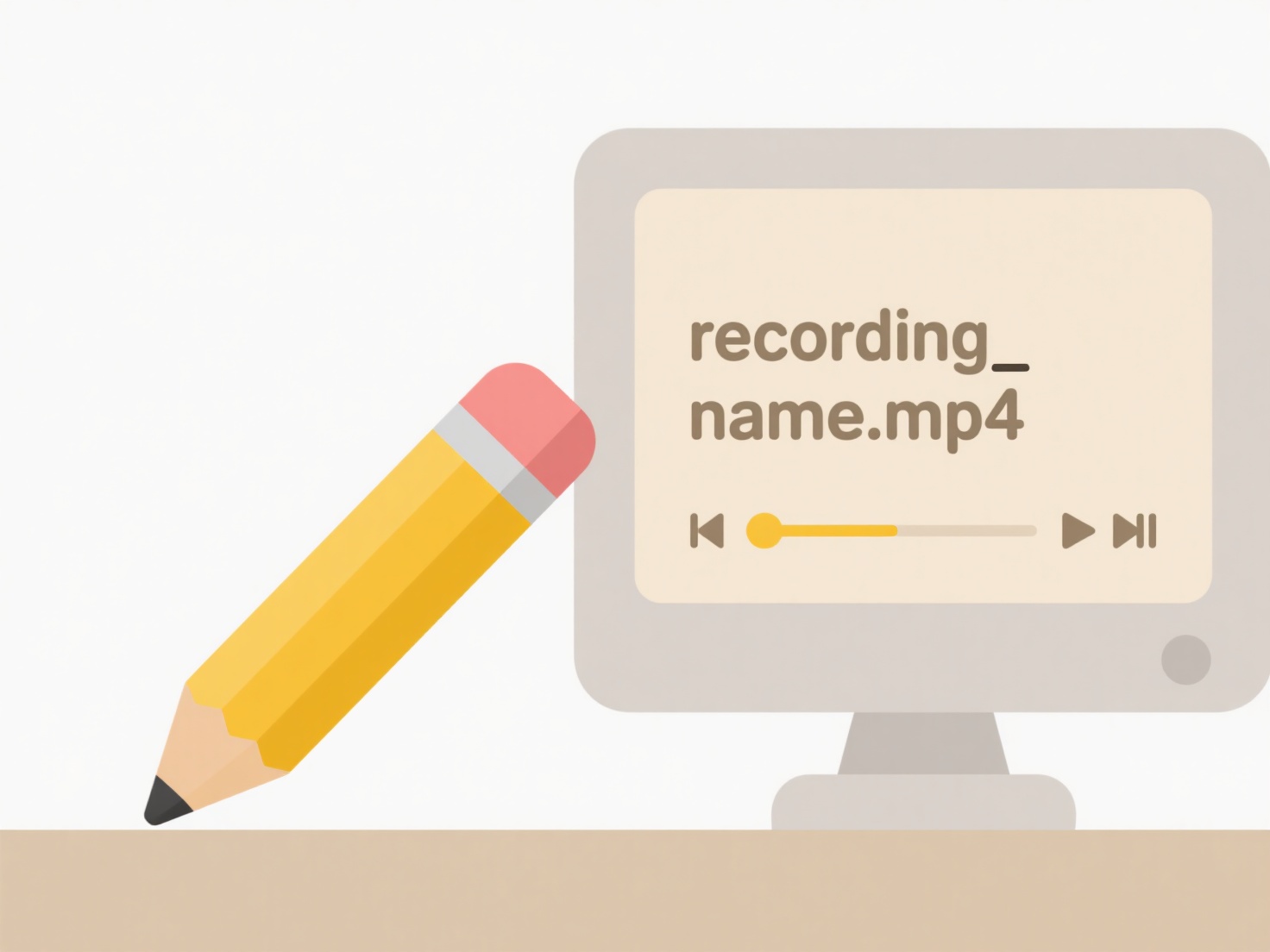
Fixing broken references refers to repairing unresolved links or connections between different items, such as files pointing to other files, code libraries, images, or data sources that no longer exist or have moved. These breaks occur when the target resource is deleted, renamed, relocated, or its access path changes. Effectively fixing them involves identifying the broken link and updating its location information to correctly point to the intended, now-available resource or a suitable alternative.

For instance, if a hyperlink within a Word document leads to a missing webpage, you find the old URL and replace it with the new, correct address. In software development, an Integrated Development Environment (IDE) like Visual Studio might flag a broken reference to a required code library; developers then update the project configuration file to point to the current library location. Version control systems like Git also help manage dependencies and track file moves.
Repairing broken references maintains system integrity, functionality, and user trust. However, the process can be time-consuming for complex projects, often requiring manual checks or specialized tools. Neglecting broken references can cause errors, data loss, security risks from incorrect redirects, or accessibility issues. Automation tools and careful asset management are key future strategies for minimizing occurrences.
Can I fix broken references in files?
Fixing broken references refers to repairing unresolved links or connections between different items, such as files pointing to other files, code libraries, images, or data sources that no longer exist or have moved. These breaks occur when the target resource is deleted, renamed, relocated, or its access path changes. Effectively fixing them involves identifying the broken link and updating its location information to correctly point to the intended, now-available resource or a suitable alternative.

For instance, if a hyperlink within a Word document leads to a missing webpage, you find the old URL and replace it with the new, correct address. In software development, an Integrated Development Environment (IDE) like Visual Studio might flag a broken reference to a required code library; developers then update the project configuration file to point to the current library location. Version control systems like Git also help manage dependencies and track file moves.
Repairing broken references maintains system integrity, functionality, and user trust. However, the process can be time-consuming for complex projects, often requiring manual checks or specialized tools. Neglecting broken references can cause errors, data loss, security risks from incorrect redirects, or accessibility issues. Automation tools and careful asset management are key future strategies for minimizing occurrences.
Related Recommendations
Quick Article Links
How do I name design mockups or iterations clearly?
Design mockup naming refers to creating consistent labels for different design versions. Clear names reduce confusion an...
Why does my shared file get renamed by the recipient?
Shared files can be renamed by the recipient due to file system rules, application behavior, or manual action. Most oper...
Can I get alerts when duplicates are created?
Duplicate alerts notify users when identical or highly similar records are created within a system. This feature automat...